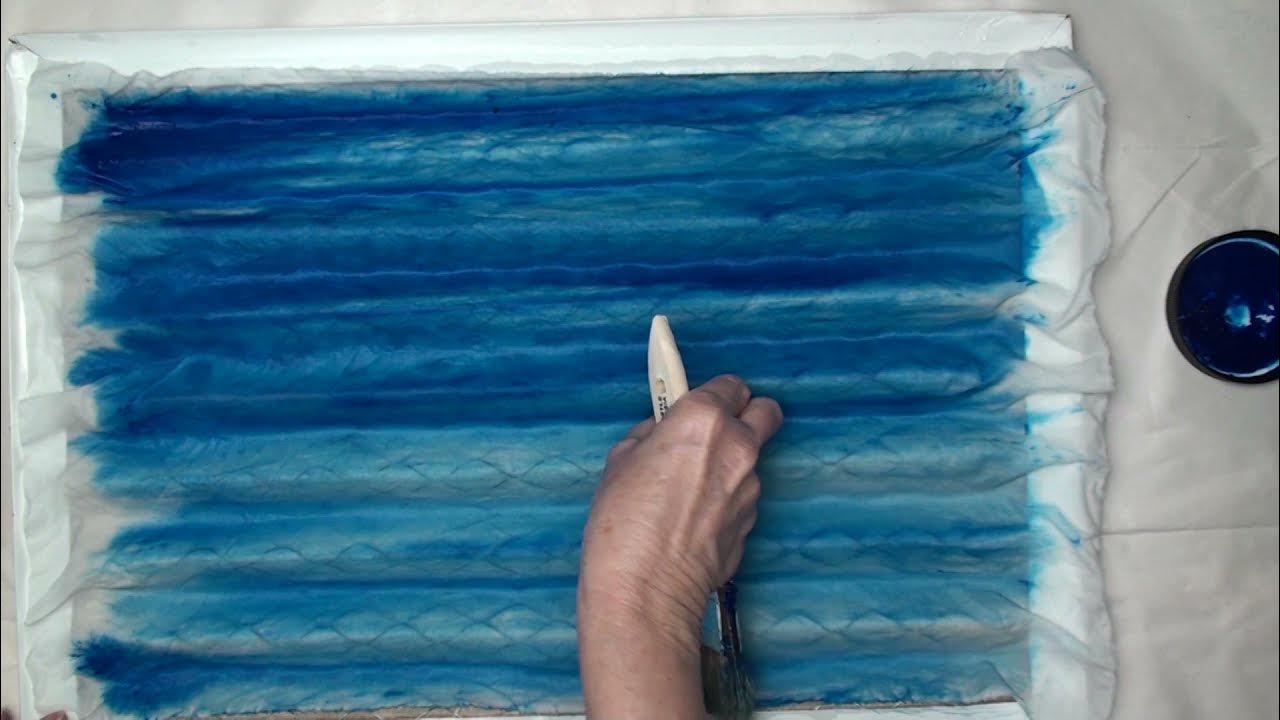TLE 10: Quarter 1-Module 1
Summary
TLDRIn this lesson, students are introduced to the basics of embroidery, including essential tools like gauges, thimbles, and embroidery hoops, and materials such as fabric and thread. The instructor explains various embroidery stitches such as backstitch, bullion stitch, and chain stitch, demonstrating their uses in outlining, filling, and decorating designs. Students are encouraged to perform basic stitches and recognize the importance of these techniques in both personal and professional contexts. The lesson emphasizes the economic value of embroidery in the Philippines and encourages students to explore different stitches through activities and video tutorials.
Takeaways
- 😀 Takeaway 1: Embroidery is a form of needlework used for decoration on textiles and other materials, often for both personal use and office settings.
- 😀 Takeaway 2: The history of embroidery dates back to the 15th century when it was introduced to the Philippines by the Spaniards and reached its peak during the Middle Ages.
- 😀 Takeaway 3: The development of machine embroidery has made the craft more accessible, contributing to the export of Filipino embroidered articles worldwide.
- 😀 Takeaway 4: Correct tools and materials are essential for successful embroidery work, including rulers, thimbles, hoops, scissors, and more.
- 😀 Takeaway 5: Key embroidery tools include the gauge for measuring, the tape measure for fabric measurement, the thimble for fingertip protection, and the embroidery hoop to keep fabric taut.
- 😀 Takeaway 6: Embroidery needles, threaders, and scissors help in precise stitching and cutting, while the pin cushion organizes needles and pins for easy access.
- 😀 Takeaway 7: Fabrics and threads used in embroidery vary in color, texture, and thickness, providing flexibility in design and finishing.
- 😀 Takeaway 8: Basic hand embroidery stitches include the backstitch, bullion stitch, chain stitch, cross stitch, feather stitch, and others, each serving different purposes like outlining or filling in designs.
- 😀 Takeaway 9: Different embroidery stitches have specific uses—feather stitches for creating loops, bullion stitches for filling, and French knots for detailing eyes or flower centers.
- 😀 Takeaway 10: The lesson encourages students to match tools with their functions, identify different stitches, reflect on the importance of learning embroidery, and create an album of various stitches to enhance their skills.
Q & A
What is the main focus of the lesson discussed in the script?
-The main focus of the lesson is embroidery, including identifying tools and materials, recognizing basic hand embroidery stitches, and understanding the significance of these stitches.
What are the goals for the lesson as mentioned in the script?
-The goals for the lesson are to identify embroidery tools and materials, recognize basic hand embroidery stitches, value the importance of these stitches, perform basic stitches, and understand how embroidery contributes to the nation's economic progress.
How is embroidery defined in the script?
-Embroidery is defined as the ornamentation of textiles and other materials with needle work, used for personal use, decoration, or even in office settings.
What historical context about embroidery is shared in the script?
-The script mentions that embroidery was introduced into the Orient by the Netherlands in the 15th century and was later brought to the Philippines by the Spaniards. It also highlights the role of nuns in the middle ages in creating embroidered articles during their leisure time.
What is the difference between embroidery tools and materials?
-Embroidery tools refer to small devices or instruments used in the sewing process, while materials are the supplies that are consumed to complete a project, such as fabric and thread.
What is the function of an embroidery hoop as described in the lesson?
-The embroidery hoop is used to keep the fabric taut during embroidery, which is important to achieve even results and avoid puckering.
Which tool in the lesson helps in threading a needle, and how does it work?
-The needle threader is the tool used to assist in putting the sewing thread through the eye of the needle, making the threading process easier.
What is the purpose of a tracing wheel in embroidery?
-The tracing wheel is used to transfer markings from sewing patterns onto fabric using tracing paper or carbon paper.
What are the various types of stitches mentioned in the lesson?
-The types of stitches mentioned include backstitch, bullion stitch, chain stitch, cross stitch, feather stitch, fishbone stitch, French knot stitch, herringbone stitch, lacy daisy stitch, loop stitch, running stitch, Sabine stitch, split stitch, seed stitch, and stem stitch.
Why is it important to use the correct tools and materials in embroidery?
-Using the correct tools and materials is essential for achieving high-quality embroidery work. It ensures that the stitches are accurate and the fabric remains smooth and taut, which leads to better results and less frustration during the process.
Outlines

Этот раздел доступен только подписчикам платных тарифов. Пожалуйста, перейдите на платный тариф для доступа.
Перейти на платный тарифMindmap

Этот раздел доступен только подписчикам платных тарифов. Пожалуйста, перейдите на платный тариф для доступа.
Перейти на платный тарифKeywords

Этот раздел доступен только подписчикам платных тарифов. Пожалуйста, перейдите на платный тариф для доступа.
Перейти на платный тарифHighlights

Этот раздел доступен только подписчикам платных тарифов. Пожалуйста, перейдите на платный тариф для доступа.
Перейти на платный тарифTranscripts

Этот раздел доступен только подписчикам платных тарифов. Пожалуйста, перейдите на платный тариф для доступа.
Перейти на платный тарифПосмотреть больше похожих видео

KENAPA HARUS MENYULAM?

Wilcom Training Class || Basic Punching Tool || @welcomtowilcom

Painted Fabric - Five Techniques

Learn to Machine Embroider | Embroidery Machine Basics | Machine Embroidery Tutorial- Babylock Verve

teknik dasar sulam payet/teknik daun

ENGINE OVERHAUL TOOLS, EQUIPMENT, AND MATERIALS.
5.0 / 5 (0 votes)
